
JavaScript platforms are probably the best frameworks for developers and businesses today. There’s a vast ocean of JavaScript frameworks already, with newer ones constantly pouring in. Frontend developers are having a hard time making up their mind on which one to stick to, especially for Single-page Applications.
The most popular JavaScript frameworks (and libraries) on the web include Angular, React, Meteor, Ember, and Vue among others.
JavaScript frameworks are preferred over other languages because of their interoperability and functionality. JS libraries offer good scalability, a better functional approach, and most critically, platform independence.
JavaScript frameworks have been blooming since 2016, especially after AngularJS got a complete makeover and Angular 2 was introduced, with Angular 4 getting itself out in 2017. JavaScript was declared as the best programming language in 2017 by IBM.
Currently, JavaScript is used on both, client and server-sides. It helps design an enriched user experience with numerous features to modify web pages in real-time. JavaScript is the most preferred language for quick web-app development. It serves as a perfect skeleton for single page apps, which allows developers to focus completely on interface elements, allowing to expand JS capabilities.
Why is JavaScript favored over other languages? Here are a few of its advantages.
1. Cost: Web apps cost a mini-fortune as most of the frameworks cost more than just a dime. However, most of the JavaScript frameworks are free of cost. This drastically lowers the web-development costs.
2. Safety: Since these frameworks are in continuous iterations, they have a huge community of members who also act as testers. Also, the most-used frameworks are backed by security firms.
3. Efficiency: As mentioned earlier, JS frameworks are cost-cutters. They are also time savers, thanks to the prebuilt functions for a faster web app development.
The entire web development community is highly agile; it keeps on updating continuously. A new framework keeps on releasing every month. The already released are constantly going under upgrades and rising with newer functionalities.
How will you choose the best framework for your web app or mobile development? Which JavaScript framework should you use?
JavaScript Framework for Web Applications
Angular
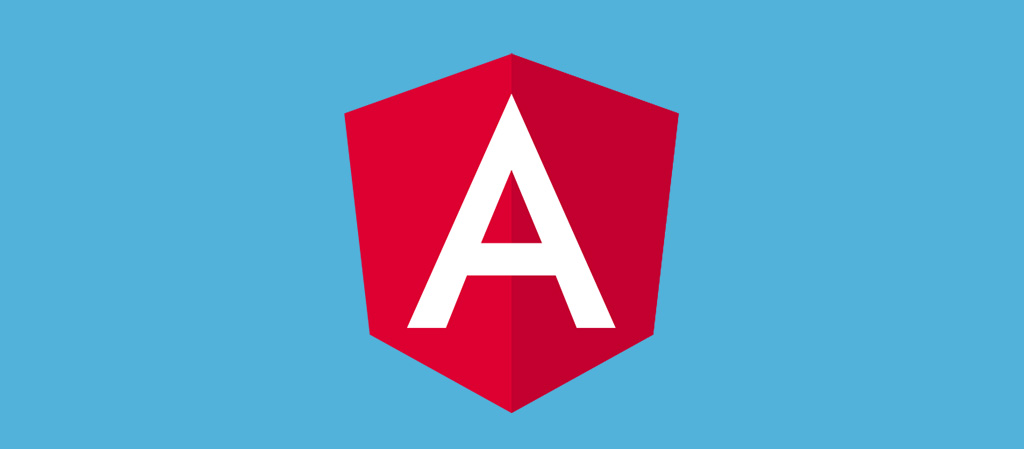
Angular is a type-script based web-application platform, which makes it extremely agile. It is led by the Angular team at Google and a community of members and testers, as it is an open-source solution.
Angular is often referred to as an MVW framework. It is considered the best framework to use, especially start-ups and mid-sized organizations. The two-way data binding (changes in backend reflect on the UI in real-time) is what sets Angular apart from the other frameworks. It is the most sought-after applications for SPAs (Single Page Applications).
Angular is preferred for hybrid mobile applications too. Features such as overlays, switches, and sidebars incorporate dynamic functionality to the applications.
Angular came into the picture back in 2016, when Angular 2.0 was released. The immediate release of Angular 4 in early 2017 (Angular 3 was skipped) with iterated updates at regular intervals. Angular 5 was released late in 2017 and featured support for Progressive Web Apps, a build optimizer, and material design-related improvements. Angular 6 was released in mid-2018, majorly focusing on the toolchain support. The Angular 7 is speculated to release in September 2018.
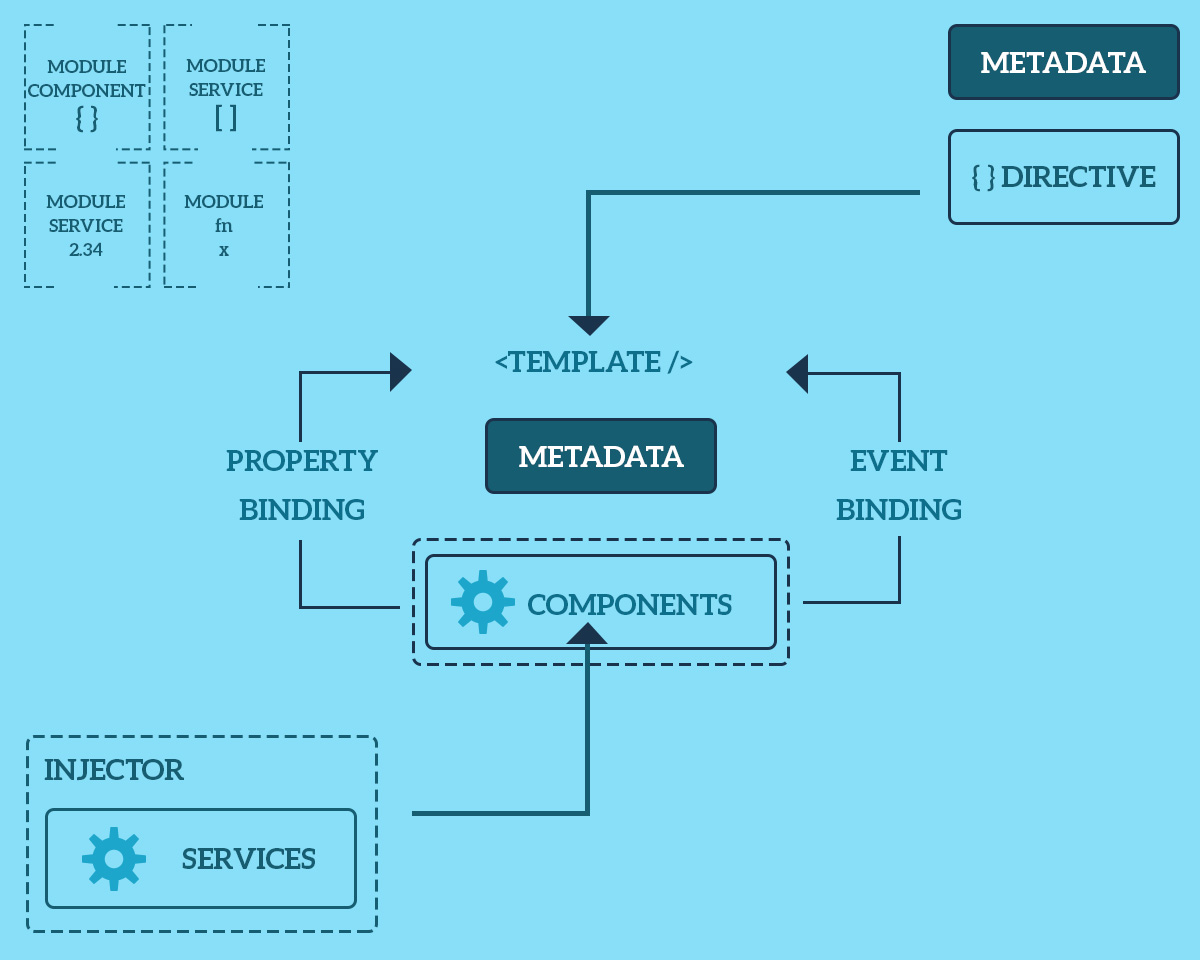
The architecture diagram identifies the eight main building blocks of an Angular 2 application:
- Modules: Modules in Angular are used to create a specific set of instructions (code). Instead of coding everything in one place, you can create individual modules depending on the functionality. A module consists of a bootstrap array, an export array, and an import array.
- Components: Components are a logical piece of code for a JS application. It consists of a template, class, and metadata.
- Templates: Templates are used to render the View for an application. It consists of the HTML code needed for rendering, binding, and directives.
- Metadata: It has the extra data defined for the classes. The Metadata is defined with a decorator.
- Data binding: Data binding is used to bind properties to classes in the components.
- Directives: A directive is a custom HTML element. It is used to extend the functionality of HTML. Angular 2 has two such directives as a part of Browser Module module—ngif and ngFor.
- Services: A service is created to provide common functionality across different modules in a program.
- Dependency injection: Dependency injection is used to extend a functionality of a module during runtime.
What makes Angular favorable and where does it take a step backward?
Pros:
Angular yields great performances. The typescripting makes it happen. It provides a great deal of support for web components and provides libraries and functionalities for nested components.
Cons:
Angular modifies the pre-existing DOM, making it slower and inefficient than React. Angular 2 maintains a physical separation between the JS that drives application and the HTML that is being rendered. If you are new to typescripts, learning Angular consumes a lot of time. You need to be well-versed with JavaScript if you stand any chance to skill Angular.
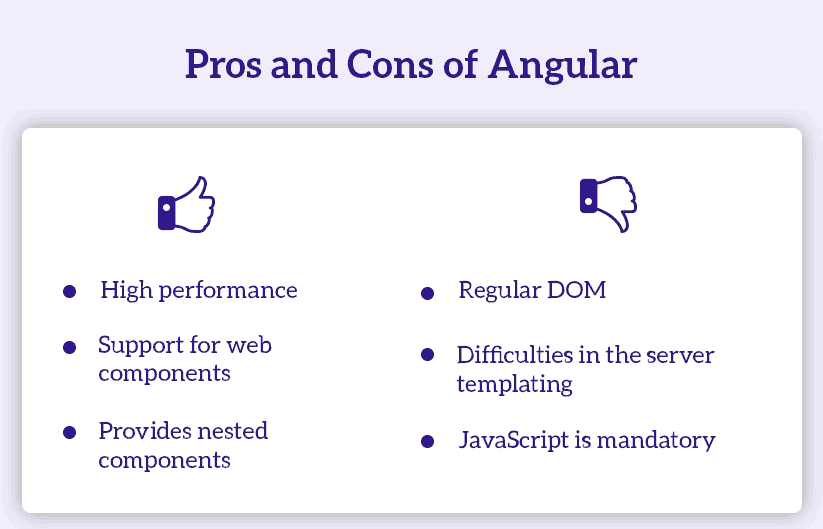
React

React is the brain-child of Facebook; it is the framework on which the world’s highest viewed social media platform is based on, Facebook. It is supported by the team of Facebook and powers Instagram too.
React is a developer’s choice for various reasons to build high-traffic and dynamic web applications. It is considered as the fasted growing JS framework, with more than 1000 contributors on GitHub.
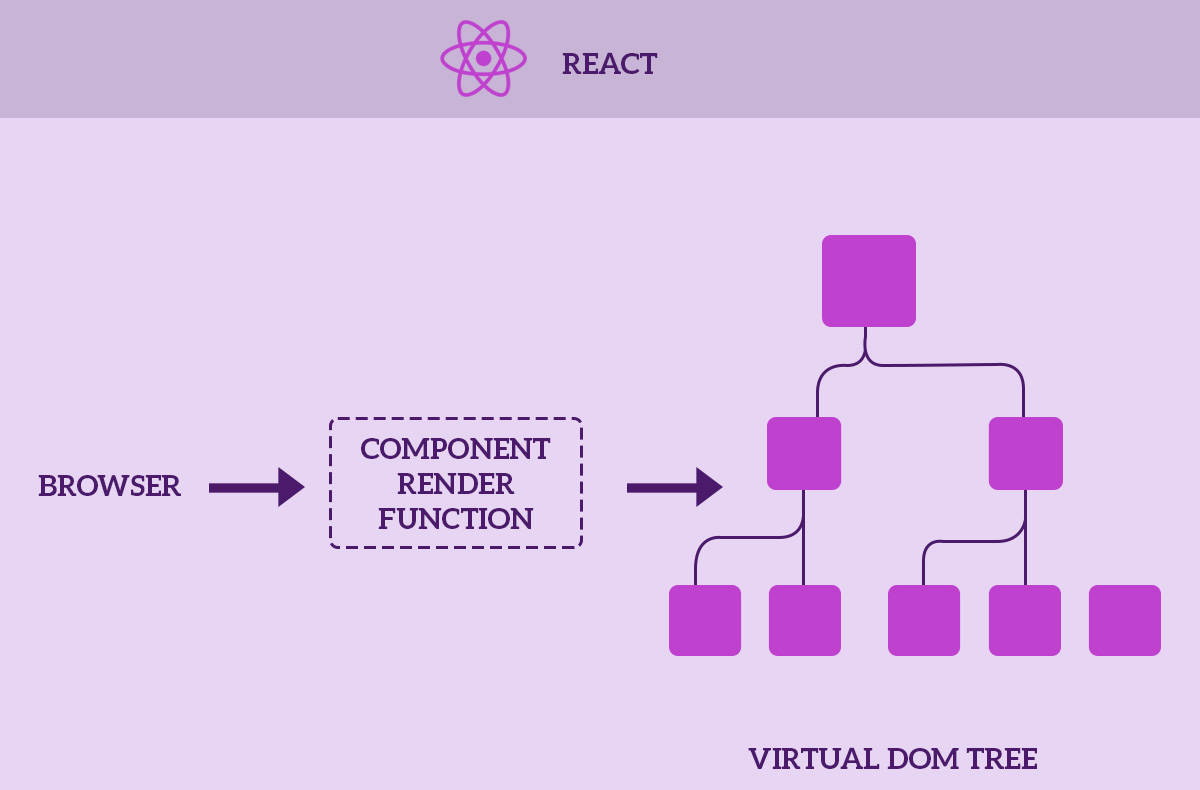
In the MVC framework, React acts as a View. It can be smoothly integrated into any architecture. A single component file contains both, the business logic and the HTML markup. For communication among components, you can either use Flux or any similar JS library. The state and props objects help in simplifying data transfer between components.
Thanks to a special reconciliation algorithm, Virtual DOM, the front-end receives a significant boost. Developers can make real-time changes quickly as they don’t need to update the View every time.
What makes React such a favorable framework, yet some hesitate to use it?
Pros:
The virtual DOM is the key component for performance boosting. React is framework-friendly. It can be integrated with other frameworks for higher performance and compatibility. React can also be used on both, client and server-side.
Cons:
The fact that React is flexible is also its downside. You can’t easily choose from a plethora of frameworks to work with just one. React just works on the View layer of the MVC framework. Despite including major code libraries, it still requires more code in some cases. React is more of a library than a framework; it requires manual processing of data changes.
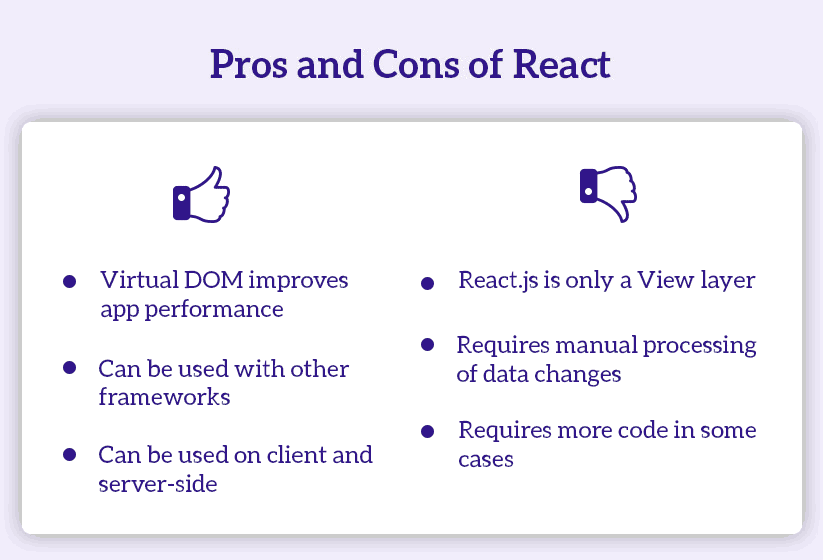
Vue.js

Vue was also introduced back in 2016. It inculcated the better parts of Ember, React, and Angular and put it in a handy package. The learning curve of Vue.js was also better in comparison of React and Angular.
Here’s what makes Vue.js stand apart from others…
Vue.js offers two-way data binding, Vue-cli, optional JSX support, and server-side rendering, among others. The Vue.js ecosystem consists of Vue as a library, view-loader as a component, Vue.js devtools for Chrome and Firefox, and Vuex a dedicated library for managing application state with Vue. Hence, it is a better choice than its counterparts for cross-platform solutions and SPAs.
You might view the Vue library as a mix of Angular and React. It is true, somehow. Vue borrows concepts from Angular and React. Logic and layouts along with stylesheets are stored in a file. Vue also uses states and props objects, just like React.
However, a reason to choose Vue over React is that of the Redux library used in React applications. As your application increases in size, making miniature changes across files gets tedious. This makes Vue favorable over React or others.
The highs and lows of Vue.js? Sure…
Pros:
Vue.js is a collection of the best parts of many frameworks. Hence, the ease of understanding and deployment comes into the picture. It is highly flexible and facilitates two-way communication along with a virtual DOM.
Cons:
The high flexibility also proves to be a downfall for the framework. High integrity with most of the framework makes it difficult to choose one for development. Also, if you aren’t versed with Angular or React, you will find it hard to get through Vue. Most of Vue’s users belong to a closed community and are non-native English speakers. The language barrier is one of the reasons why developers hesitate to use Vue.js.
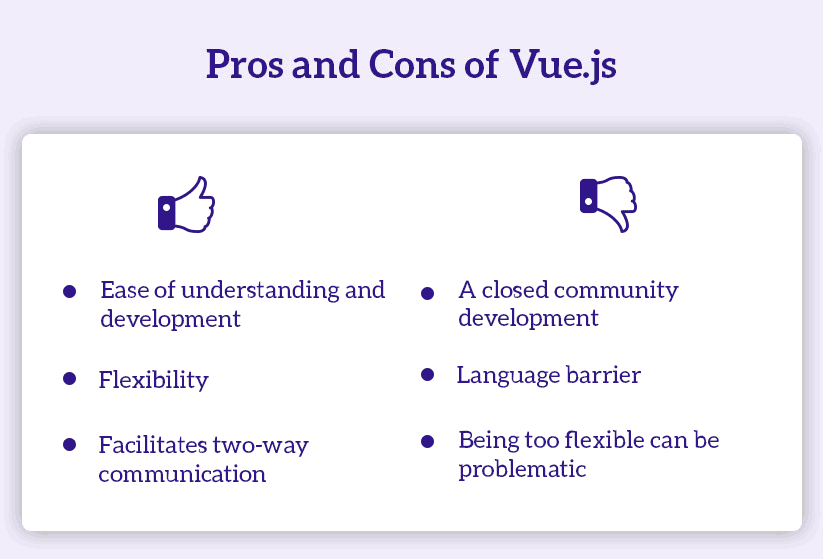
Ember

Ember.js is probably is one of the oldest JavaScript Frameworks. It was created back in 2011 and was used to design websites for LinkedIn, Kickstarter, Netflix, and Heroku. Ember.js was declared as the best JS framework for web app development in 2015. It boasts a huge online community, regular updates, and a wide array of applications JS for an enchanting UX.
Ember.js is a highly preferred choice of framework for SPAs. The MVC framework provides for universal data binding and a URL approach to structure different applications for stability. It allows you to stop breaking the web. You get URLs and a working back-button with every route created for you; the API is easy to use!
Ember.js features a two-way data binding like Angular.js; it keeps both, the view and model in sync. The server-side DOM is rendered quickly to improve the performance of the UIs. Courtesy, Fastboot.js. The learning curve is easy despite its complex feature-rich web app support.
However, there are reasons why developers prefer or not prefer using Ember.js. Let’s find out why…
Pros:
Ember’s object-model facilitates key-value observation. The scalability to deliver complex web applications with client-side rendering makes it favorable. Thanks to the constant updates, Ember.js has a much faster boot rate and an inherent stability.
Cons:
Ember.js lacks the reuse of components at the Controller level. This reduces code reusability and causes unlikeable code weight. The complexity of the API directives and the steep learning curve makes Ember.js one of the difficult languages to learn.
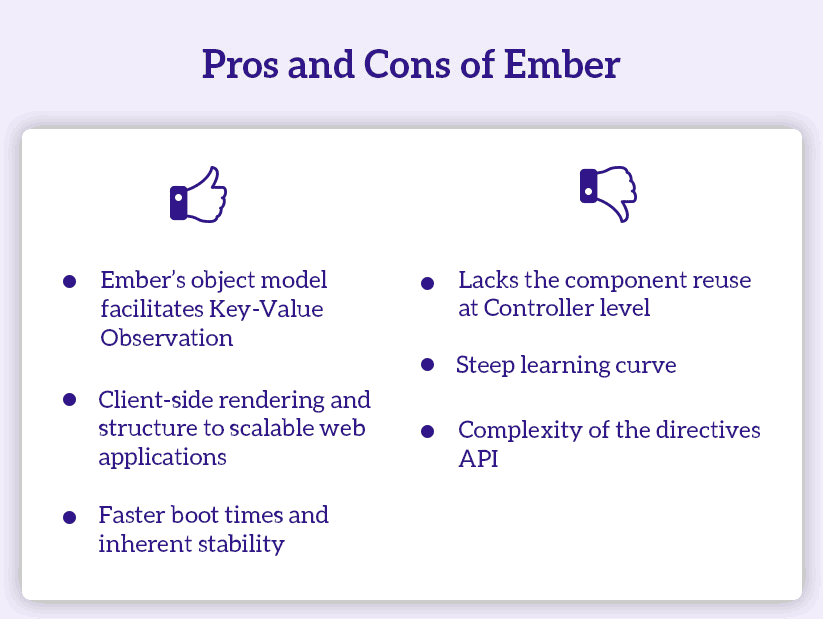
Meteor.js
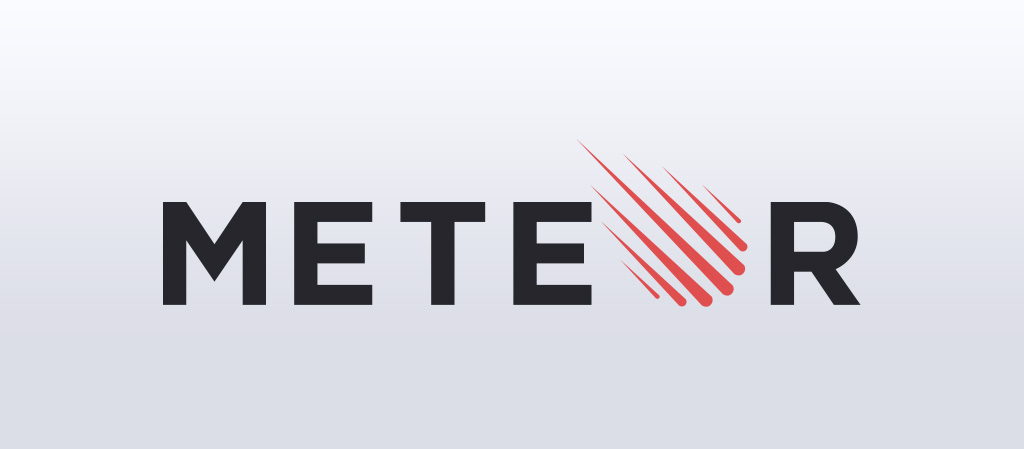
The fact that Meteor.js covers the back-end support for web app development makes it stand apart from its counterparts. It is perhaps the only JS Framework to cover all cycles of a web app development, from back-end development, front-end rendering, database management to business logic.
This end-to-end platform enables quicker web app development in pure JavaScript. The libraries and packages can be used at pace, thanks to the modular structure. In terms of performance, changes in the database are reflected immediately on the UI, saving precious response time.
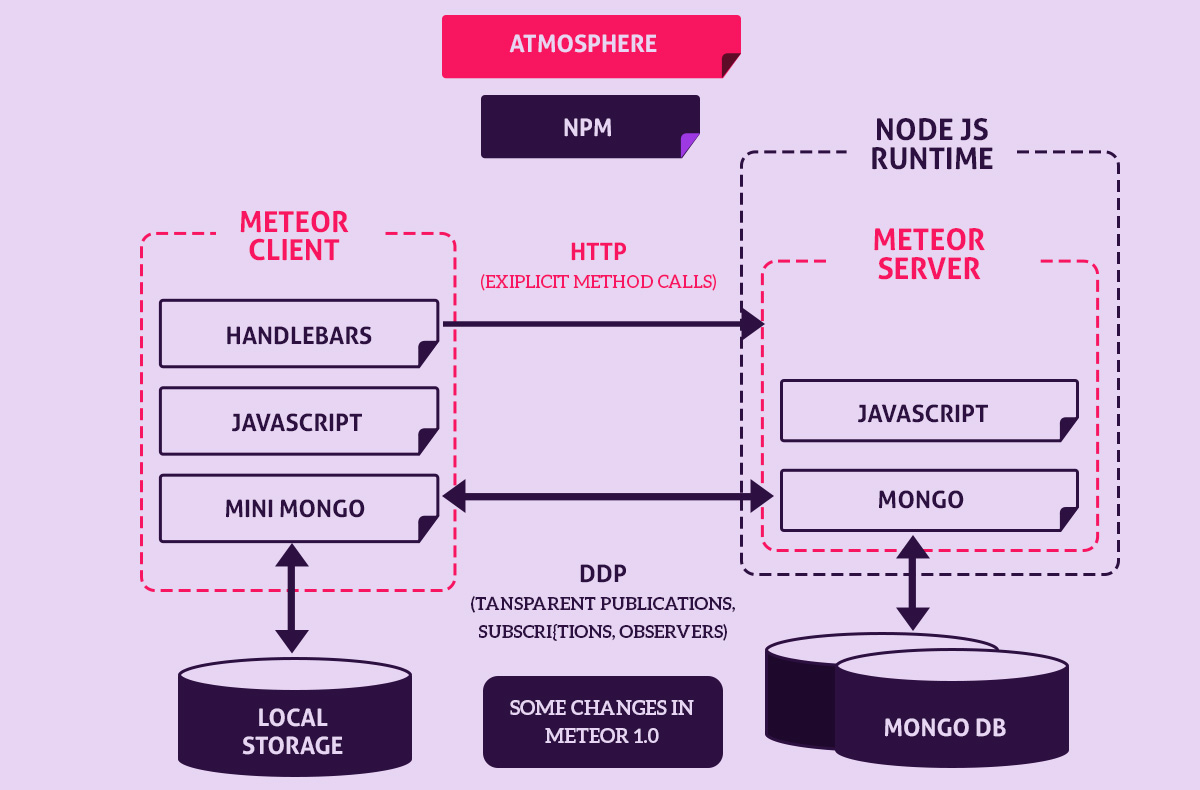
Meteor.js covers all the phases of a software development lifecycle. It takes care of tiring processes such as linking, file concatenation, among others.
Let’s see why Meteor.js is a favorable/ non-favorable framework to be used…
Pros:
Meteor.js is highly simple to understand and comprehend. The huge community support and official community packages are a huge time saver in terms of developments. Since the only JavaScript is used throughout the app lifecycle, integration of other frameworks and other hassles are out of the picture.
Cons:
Meteor.js is recommended for simple and small-scale apps. It isn’t suitable for large and complex applications. The lack of SSR support makes it unfavorable to create such applications.
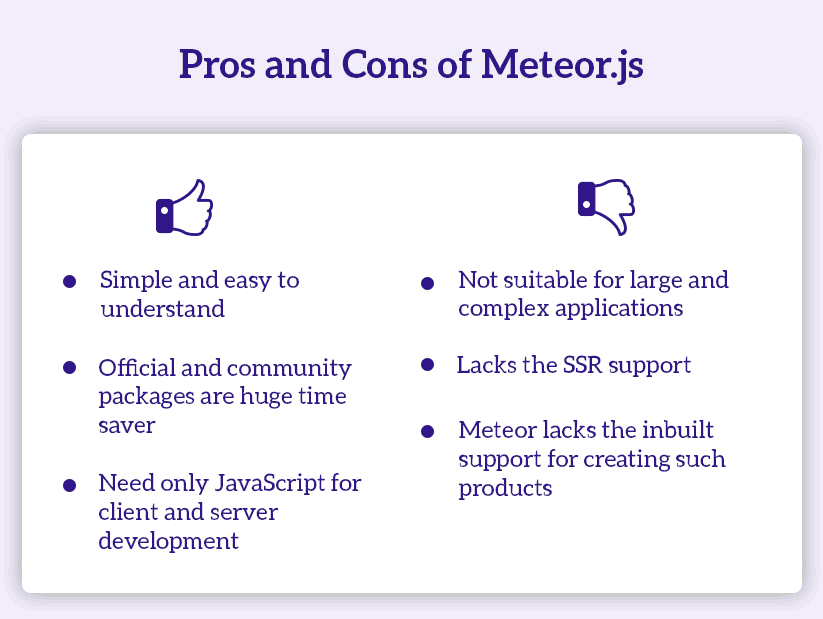
JavaScript Framework for Mobile Applications
React Native
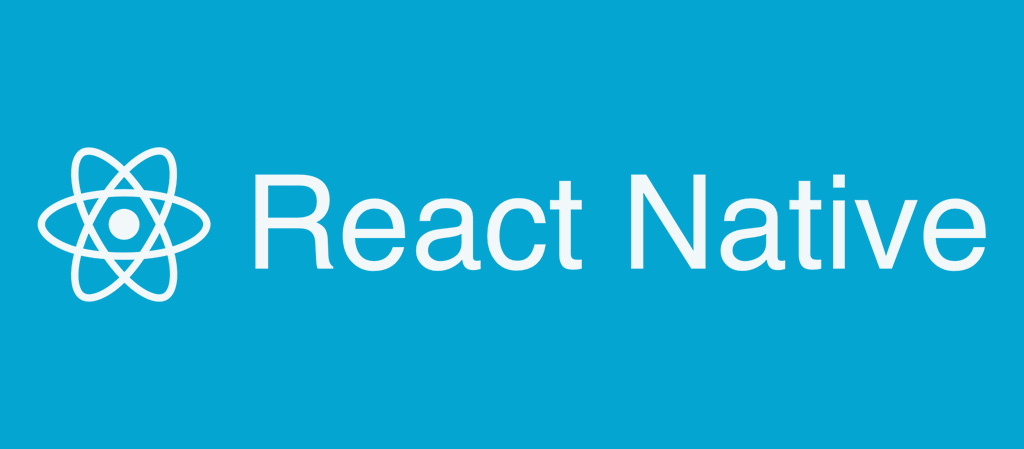
React Native was a breakthrough in terms of mobile app development. Prior to React, developing an app for iOS and Android required the different set of codes. The entire coding and deployment functionality differed and took a huge toll on costs.
Facebook announced the launch of React Native a few years ago, which revolutionized the concept of apps on phone. You could write an app code and deploy it on both, Android and iOS at the same time. The concept of write once and deploy anywhere was a huge success and React has been the foremost choice of native app development ever since.
React Native takes mobile app development to an all-new level. It uses JavaScript code, CSS-like stylesheets, and HTML tags for layout purposes. Here’s a bonus point, if your team is React friendly, React Native will be a piece of cake for them!
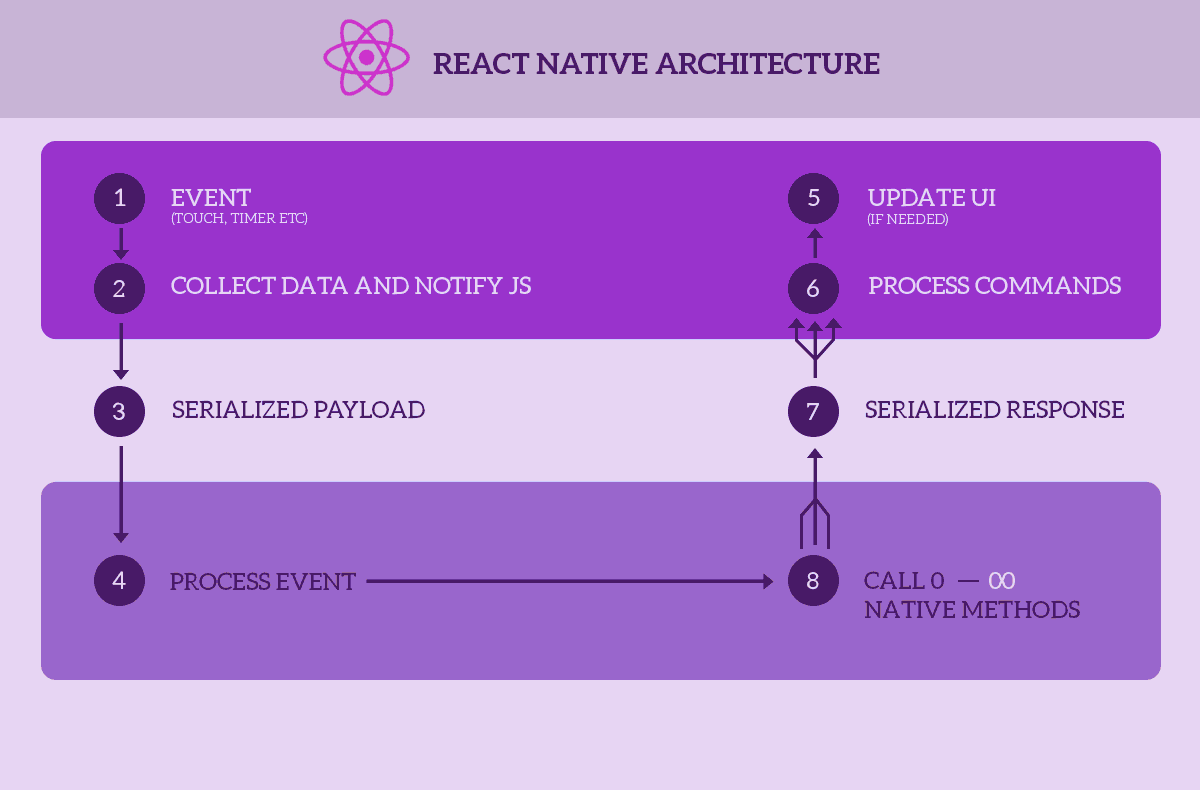
To choose or not to choose? Let’s find out…
Pros:
The one framework, multiple platforms concepts is a huge bonus for React Native. It has a highly simplified UI and you can build apps quicker using them.
Cons:
The navigation on React Native is a turnoff; the transitions just aren’t that smooth. It lacks some custom modules required for native app development and native developers are still needed to complete the task.
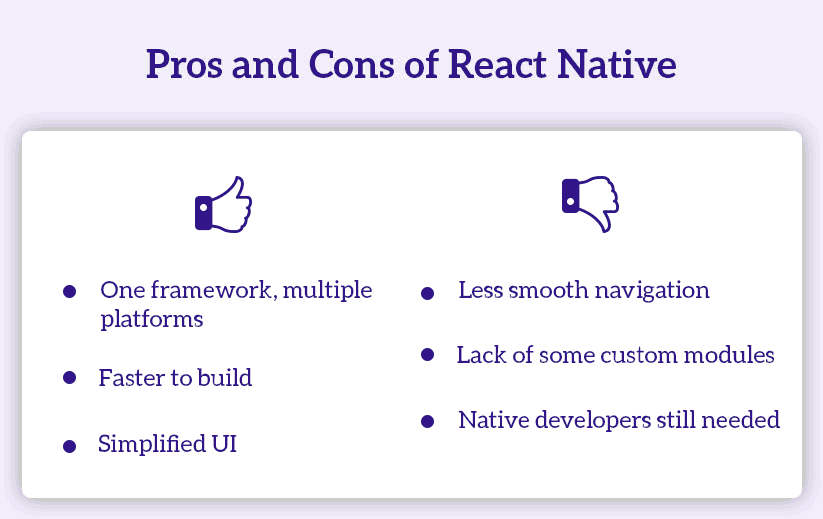
Ionic2

Ionic is all about performance, period. It is an open-source, cross-platform framework used to develop hybrid mobile applications. Ionic is an HTML5 mobile framework solely focused on performance using hardware acceleration. Pssst, it requires no third-party JS library!
You can team up Ionic with Angular.js to build an interactive app. Ionic comes with its own set of the icon set, Ionicons. It is then teamed up with reusable HTML classes to build an interactive mobile UI. The HTML5 framework works with an assist from PhoneGap or Cordova. It is important to pair Ionic2 with these.
Advantages and disadvantages of Ionic2? Here they are…
Pros:
The one code for all concept of Ionic2 makes it a favorable one to develop an app with. Moreover, the framework is open-sourced and completely free. The open-source benefit of having a huge online community of testers and developers ensure that the framework is always on the top notch.
Cons:
Due to the simplicity of the code, building an in-app navigation can be difficult. It is a highly complex task. The in-app performance also may not be as swift as the application when it is developed for individual devices. Since Angular.js is a must for Ionic2, knowledge of Angular.js becomes a vital factor while developing the app.
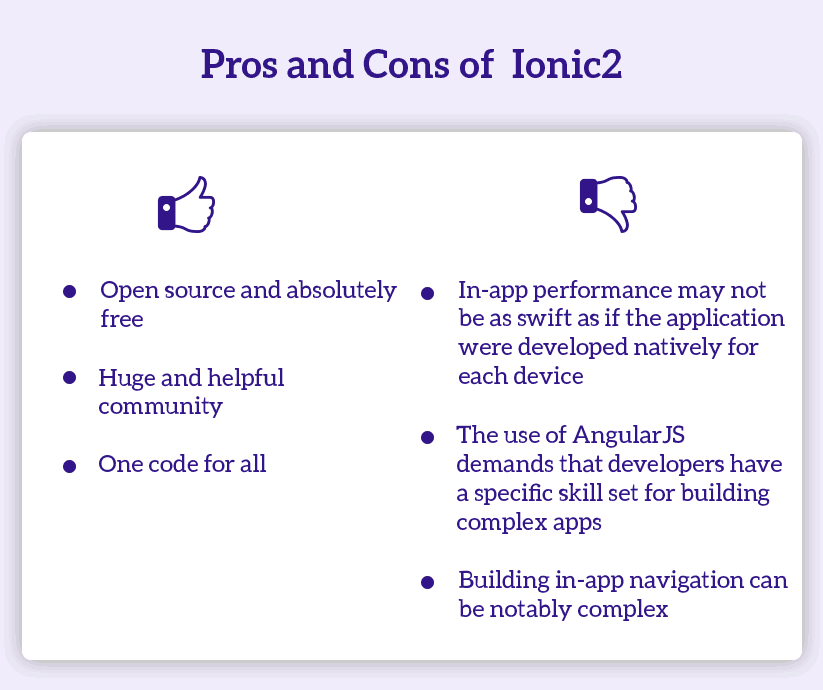
jQuery Mobile
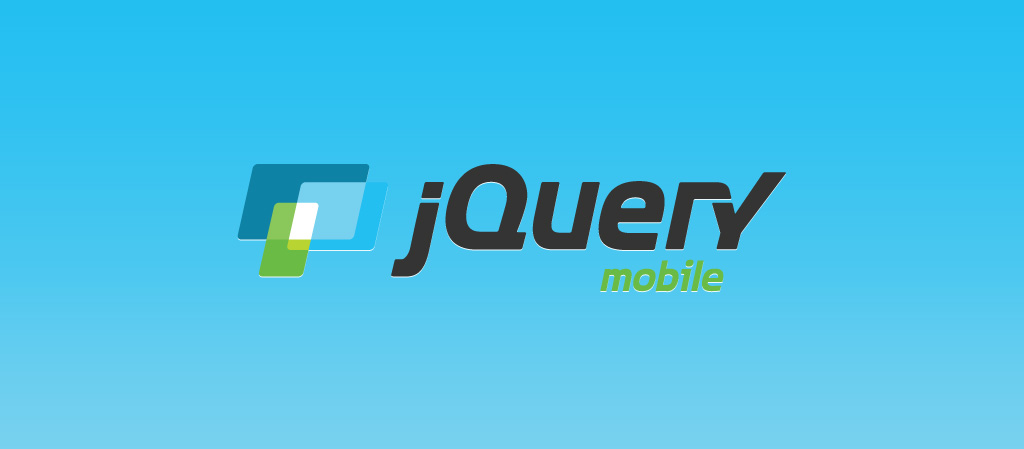
jQuery Mobile is the oldest JS framework alive. The first version was released back in 2010. Despite being highly criticised for being archaic, it is still widely used for mobile app development.
jQuery is purely an HTML5 markup-based framework. It takes the write less, does more mission to the next level. The vast amount of device support it has can be staggering at times. It supports the latest iOS and Android UI’s to the age-old Symbian devices with Opera Mini. It goes beyond smartphone devices to the reader like Kindle.
Should you consider using jQuery?
Pros:
jQuery is fairly simple to learn and use. There’s not much of a hassle, just knowing the basics and experimenting. Being so old, it has detailed and good official documentation and an excellent theme support.
Cons:
jQuery hasn’t aged gracefully, somehow. The performance differs on devices and it can be sluggish on mobile devices. It works on the foundation of jQuery so there’s no MVC or MVVC support. The backbone can be used, but only after some major tweaking. Despite being detailed, the official documentation still lacks some information.
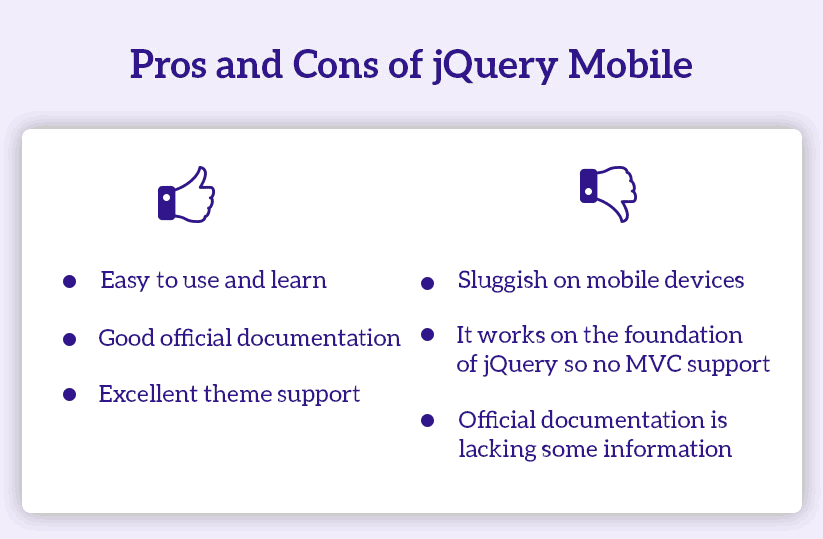
Sencha Touch
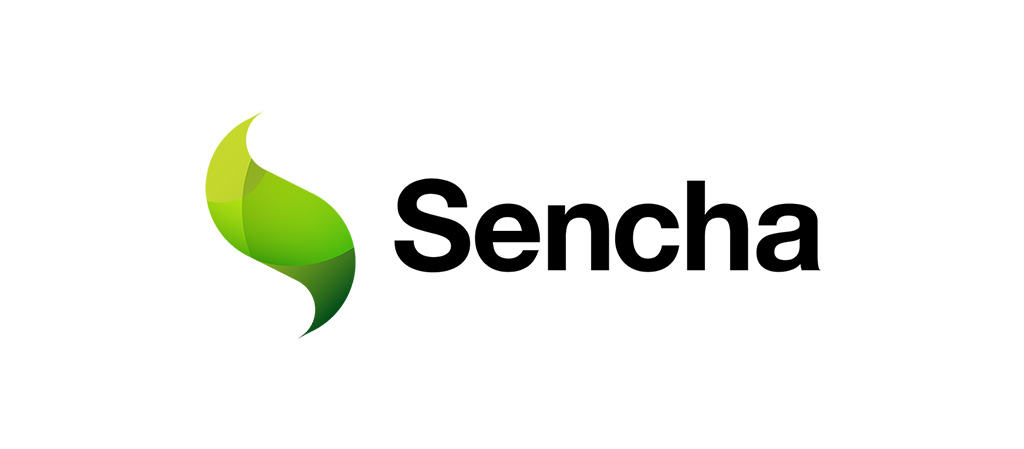
Sencha Touch is a JS mobile framework, with heavy support from HTML5 and CSS3. It provides with APIs, animations, and reusable components, which are compatible with current mobile platforms and browsers.
It is the only framework that offers optimal solutions to develop fast and interactive mobile applications across platforms such as, iOS, Android, Kindle Fire, Tizen, and among others. It is shipped with many creative components that work impressively across various devices.
Here are the services offered by Sencha Touch.
Sencha Touch or Sencha not-to Touch?
Pros:
Unlike jQuery Mobile, Sencha Touch offers an MVC Architecture. Native packaging is possible through Apache Cordova/PhoneGap or through Sencha’s SDK. Interoperability will never be an issue as Sencha has developed a number of apps and products.
Cons:
Sencha Touch, however, has a limited set of resources since it is not an open source platform. This has resulted in performance issues on non-WebKit platforms.
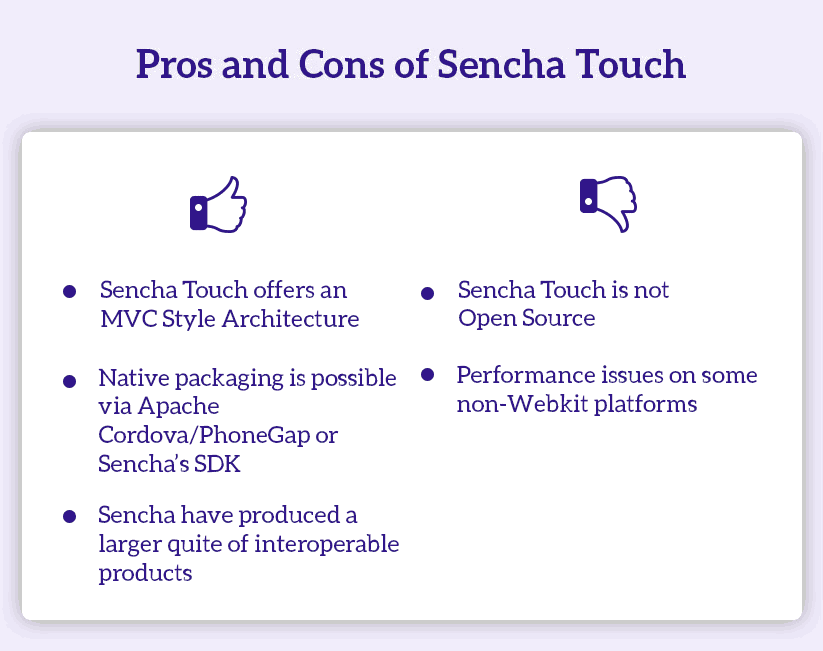
Apache Cordova

PhoneGap is based on Cordova. They team up to provide a set of JavaScript APIs to connect to the device’s functions such as camera, compass, and geolocation. It allows developers to build mobile applications without using the native programming language.
You can use a framework like jQuery and deploy your apps on the native platform. PhoneGap acts as a medium between your web app code and mobile OS APIs.
Using PhoneGap, you can use the code written in JavaScript, HTML, and CSS and generate APIs for native devices. The plugin support further expands Cordova’s functionality with native devices. Furthermore, Cordova provides for APIs and allows developers to write their own features.
Let’s see what makes Cordova/PhoneGap a favorable/ unfavorable framework to use.
Pros:
Cordova is an open-source framework with a huge community, ensuring constant updates and introducing newer features. It is a good choice for app development where the native features come into play occasionally.
Cons:
Communication between Cordova and the native device can only be established using plugins. This can be a reason why data processing in Cordova isn’t the fastest. It also lacks the libraries that enable advanced graphics.
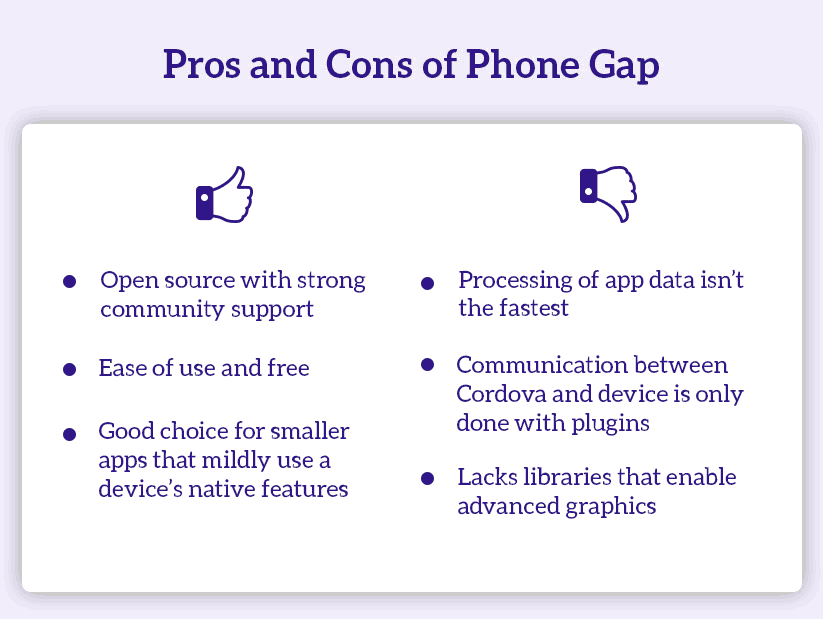
Summing it Up
There’s the exhaustive list, then…
These frameworks are under constant updates and newer versions are released at periodic intervals. The main purpose of JS frameworks is to make life easier by providing ease of web development and deployment. You can use a JavaScript framework to develop both, the backend and frontend. It helps in ease of understanding, as the language used is same across the entire application.
JS frameworks are known for their scalability and effective compatibility across platforms. Newer ones with better performance and newer features and functionalities are constantly being developed. How would you keep a track of them? Keep an eye on Google search lists and open community forums!
Alphalogic Inc. is similarly, constantly evolving with the latest technology and trends. We believe in keeping ourselves updated with the best and dark-horse frameworks and provide its benefits to our customers.
Which framework would you prefer to use and why?
Dhananjay (DJ) Goel is the CTO at Alphalogic, passionate about technology, startups, game of thrones and coffee. He enjoys working on challenging problems with innovative startups.
